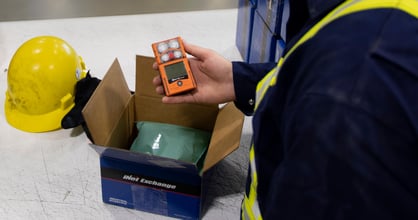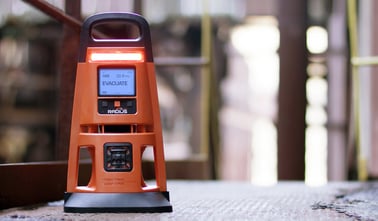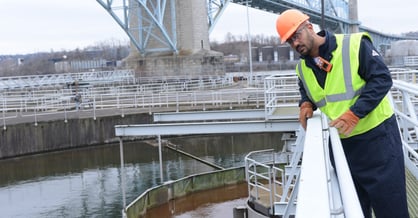Chlorine Dioxide (ClO2) Gas Detectors
Chlorine dioxide (ClO2) is an anthropogenic gas, meaning it cannot be found naturally. Chlorine dioxide is most commonly used in sanitizing drinking water and bleaching pulp, flour, and textiles. The gas is highly flammable and reactive—it poses both a fire and explosion hazard.
.webp?width=600&height=400&name=pulp-paper%20(1).webp)
Characteristics of Chlorine Dioxide
Chlorine Dioxide is a red-yellow or orange-green gas with an unpleasant irritating odor, similar to chlorine and nitric acid. It is best known for its biocide and disinfectant properties.
Chlorine dioxide can remain rather stable in the dark, but can become very unstable in the light. Chlorine Dioxide will react or form an explosive compound if exposed to a spark, impact, sunlight or rapid heating of up to 100°C. Chlorine Dioxide may also react with carbon monoxide, hydrocarbons, mercury, and some nonmetals as well. ClO2 combined with water will form hydrochloric acid, and it has a very strong irritating effect on the upper respiratory tract.
More about Chlorine Dioxide


CHLORINE DIOXIDE - ClO2
Effects of Various ClO2 Levels
How to Detect Chlorine Dioxide
Industrial Scientific offers the GasBadge® Pro personal single-gas detector and the MX6 iBrid® personal multi-gas detector to keep workers safe in areas where chlorine dioxide gas may be present. This includes confined spaces where explosive concentrations of the gas may accumulate.


